-
Welcome to Tacoma World!
You are currently viewing as a guest! To get full-access, you need to register for a FREE account.
As a registered member, you’ll be able to:- Participate in all Tacoma discussion topics
- Communicate privately with other Tacoma owners from around the world
- Post your own photos in our Members Gallery
- Access all special features of the site
D Ring Shackle size?
Discussion in '3rd Gen. Tacomas (2016-2023)' started by Cows Have Claws, Mar 3, 2017.
Page 3 of 3
Page 3 of 3


 Looking for a seat cover for dogs
Looking for a seat cover for dogs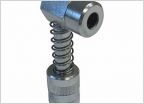 Zerk Grease Gun
Zerk Grease Gun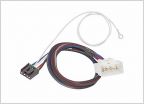 Brake controller for camper or no?
Brake controller for camper or no?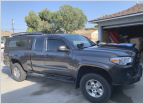 2017 Mud Flaps
2017 Mud Flaps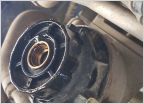 Need Help....and change your own oil...
Need Help....and change your own oil...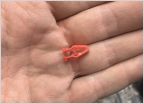 Red dash clips
Red dash clips